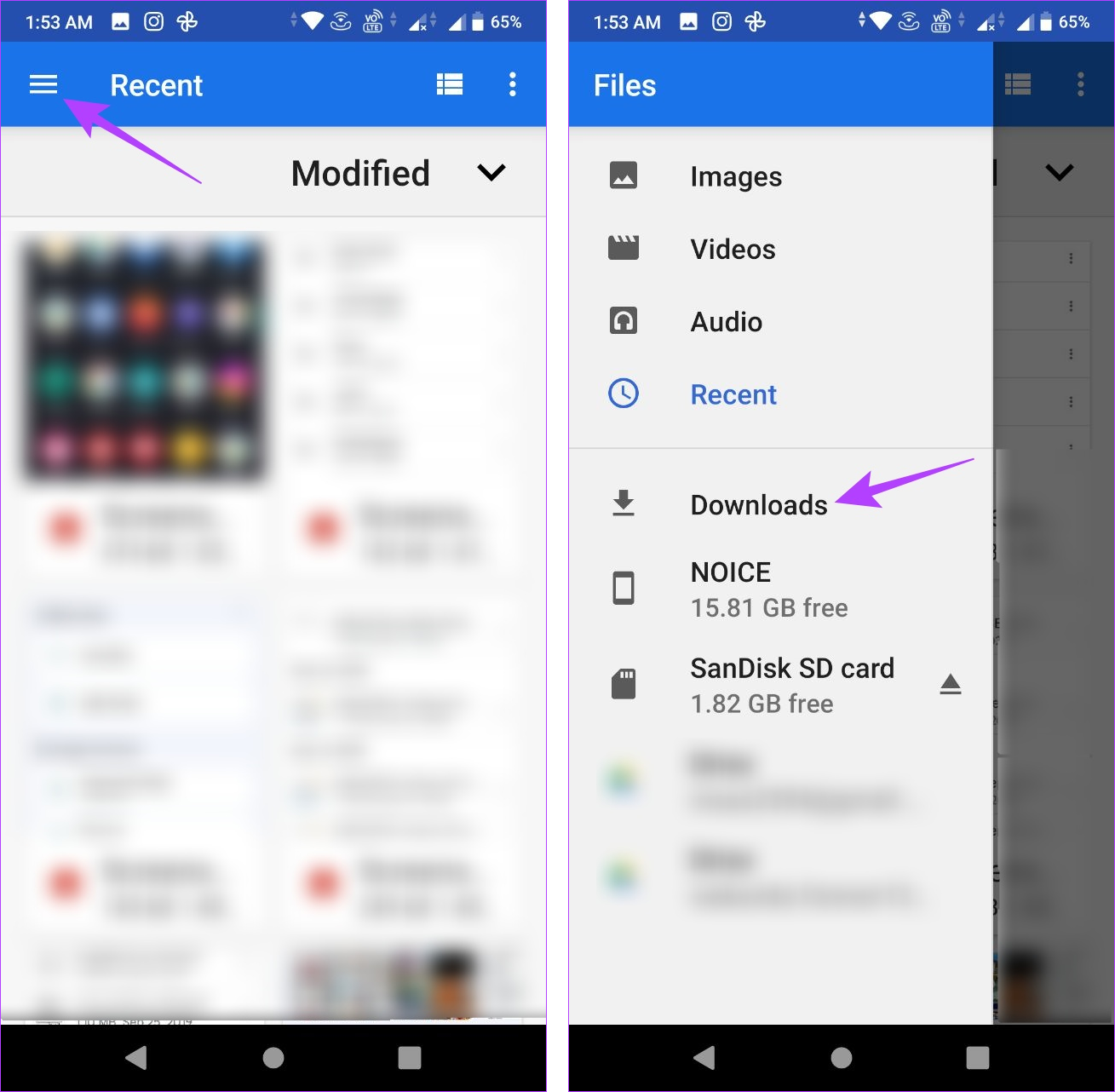Finding downloaded documents on your Android gadget can be a challenge. Effortlessly, your phone can swiftly come to be jumbled with photos, video clips, screenshots, and various other files. To maximize space on your gadget, it's vital to keep track of where your downloads are conserved. This way, you can quickly identify and erase unneeded files.

If you're having difficulty finding a essential file that seems to have disappeared into thin air, are afraid not! This overview is below to help you track it down and get your Downloads folder in order. Whether you're a proud proprietor of one of the top-rated Google Pixel phones or an additional Android tool, we'll show you just how to promptly discover your downloads and keep them nicely organized.
Locate your downloads with the default data supervisor
Every phone maker may supply a distinct pre-installed Android application for arranging data, yet your usage needs to be similar. If you have a Samsung tool, you can consult our guide on situating downloads on your Samsung Galaxy phone.
Similar to various other popular os, Android has a assigned Downloads folder for saving files. To find your downloaded and install documents on your device, adhere to these actions:
1. Open up the Documents or My Documents application from the home display or application cabinet.
2. Try to find a area called Downloads.
3. Tap it to check out the data you downloaded.
Utilize the Documents by Google application for your downloads
A number of Android file manager applications on the Google Play Store allow you to situate your downloaded and install documents. Files by Google is among the very best alternatives if you don't wish to take care of challenging UIs. It's likewise a good substitute for any type of default data manager app preinstalled on your tool.
4. Open up the Data app.
5. Select the Browse tab near the bottom.
6. Tap Downloads.
7. Select the Download and install tab to see the documents because folder.
Locate your downloads by hand
If you're incapable to locate the Downloads folder on the primary web page of your documents manager app, attempt accessing your phone's internal storage space instead. Below's a detailed guide on how to do it:
1. Open up the Documents application.
2. Select the Browse tab near the bottom.
3. Scroll down and most likely to Internal storage.
4. Touch the Download and install folder.
Relocate your downloads to an additional location
Relocating files away from the Downloads folder is handy for several reasons, especially for files containing private or personal information. Putting these data right into their folder maintains them secure and makes it difficult to delete them accidentally. It also prevents them from obtaining buried and mixed with the other arbitrary data you download.
1. Open the Files app.
2. Navigate to your Download folder.
3. Tap the where are my downloads stored on my android phone three-dot menu to the right of any file.
4. Choose the Move to option.
5. Tap Internal storage at the bottom.
6. Select any location or folder.
7. Tap Move here to transfer the file to that location.
You can also use the Copy to option and paste these files to another location. This allows you to create as many duplicates as you want without removing the original files from your Download folder.
View the exact location of your downloadsM/b >
You may want to see the location of the Download folder for various reasons from time to time. Tap the three-dot menu next to one of your downloaded files and go to File info. The/ storage/emulated/0/ Download path is the default for many modern Android devices. Some third-party web browsers might save files to a different folder, but this should be the location for most downloads.
Managing your downloads is easier than you think
Google's Files app is a great option if you prefer simplicity in a file manager. It has a clean UI and easy-to-use features. The app neatly organizes your documents by file types like downloads, images, videos, and audio. It also offers to clear junk files.
When it comes to organizing and cleaning, you can create extra storage room by mastering the removal of unnecessary WhatsApp media files. On select Android devices, you have the option to add an SD card if storage space remains limited.